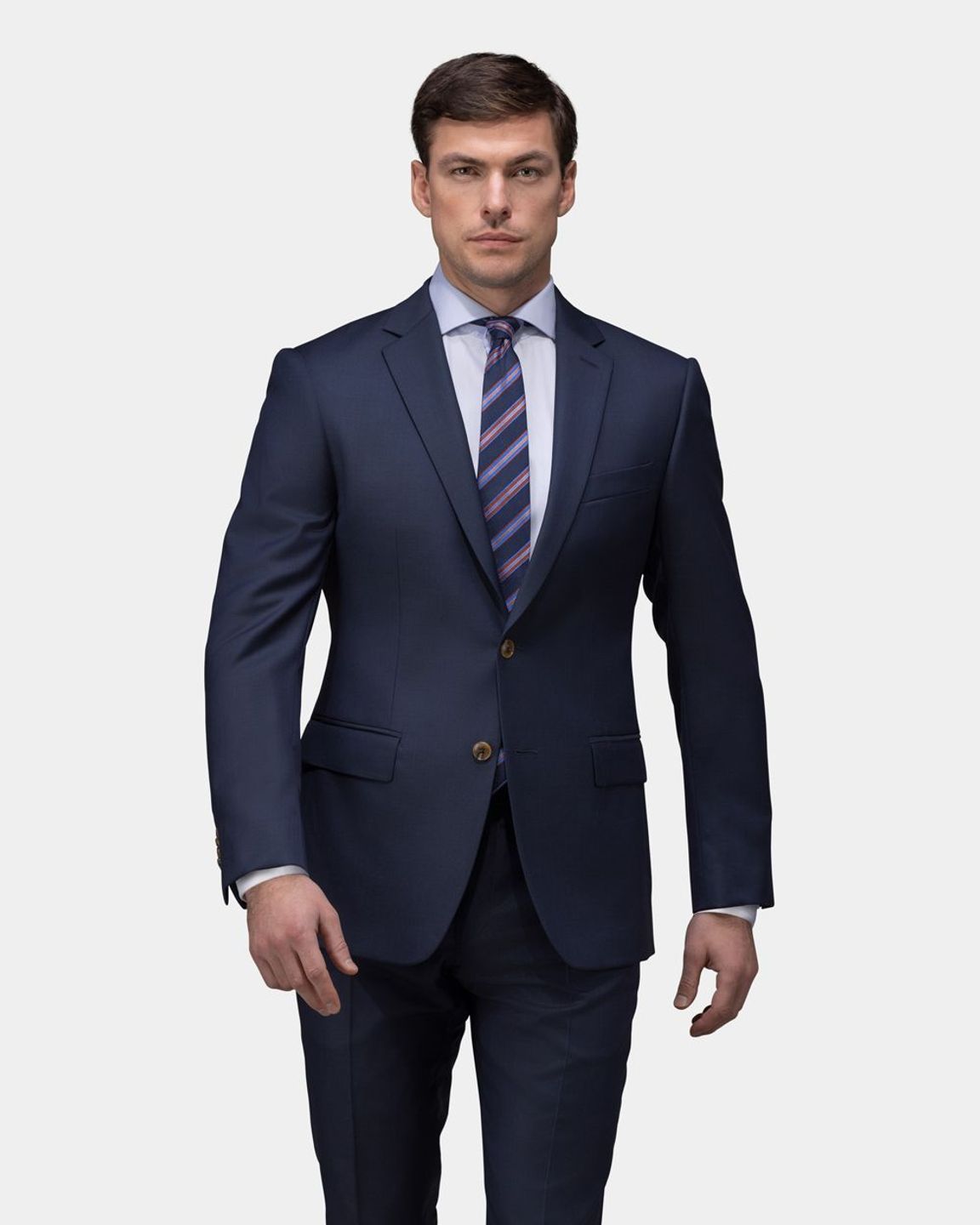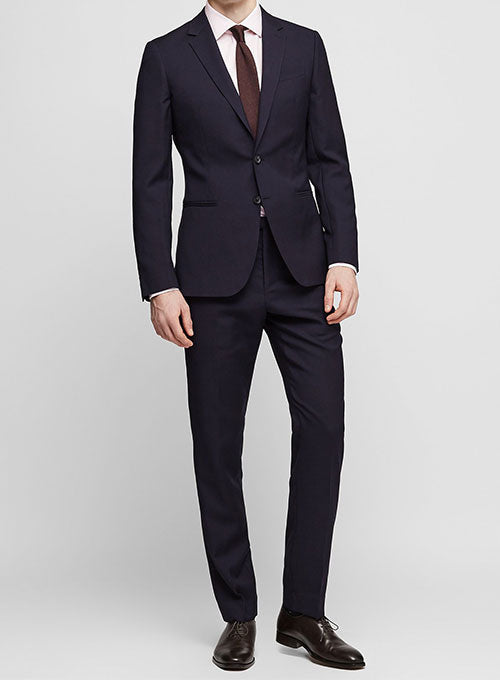Tailor Perth: Experience the Finest Custom Tailoring in Perth
Tailor Perth: Experience the Finest Custom Tailoring in Perth
Blog Article
Understanding the Tailoring Process: From Material Choice to Last Fitting for the Suitable Wardrobe
The customizing procedure is a complicated interplay of art and science, starting with the critical choice of fabric selection and finishing in the exact modifications of final installations. Each material type brings unique top qualities that influence not only the aesthetic appeal yet likewise the garment's longevity and viability for different occasions.
Importance of Textile Choice
Picking the best fabric is critical in the customizing process, as it straight influences the convenience, sturdiness, and overall visual of the final garment. The option of material establishes the foundation for the garment's efficiency, performance, and design. Different textiles possess unique buildings, such as breathability, stretch, and weight, which can substantially affect exactly how the garment drapes and fits the body.

A customized piece made from a suitable fabric not just showcases workmanship however also elevates the user's self-confidence. As a result, understanding the subtleties of material selection is paramount for any kind of customizing endeavor. It makes sure that the end product not only meets the visual desires of the customer however also lines up with functional needs, thus achieving an unified balance in between type and function in the customized wardrobe.
Sorts Of Fabrics and Their Uses
Recognizing the various kinds of materials readily available is important for making notified choices throughout the tailoring procedure. Each fabric has unique attributes that determine its viability for particular garments and events.
Cotton, known for its breathability and soft qualities, is excellent for sportswear and summer clothes. Its adaptability permits it to be customized into whatever from tee shirts to gowns. Wool, on the various other hand, is preferred for its heat and structure, making it an outstanding selection for official suits and outerwear. Its natural flexibility assists garments keep shape over time.
Silk emanates luxury and is lightweight, making it ideal for eveningwear and delicate shirts; nevertheless, it needs careful handling because of its frailty. Bed linen, with its textured coating, is a prominent selection for cozy climates, offering a crisp and airy feel, however it wrinkles quickly, which might impact the garment's look.
Artificial textiles, such as polyester and nylon, deal longevity and resistance to creases, making them suitable for everyday wear and active clothing. Understanding these fabric types and their homes enables much better decision-making, making sure that each tailored piece not only fits well but also straightens with the desired objective and event.
The Tailoring Methods Described
The art of tailoring depends on a variety of strategies that change material into well-fitted garments. Central to this process is pattern drafting, where a dressmaker develops themes based on the client's dimensions and wanted style. This initial action makes sure that the garment will fit the wearer properly prior to any type of cutting takes place.
When patterns are established, reducing methods come into play. Accuracy is extremely important as mistakes can lead to misfitting garments. Tailors often make use of different cutting approaches, such as single-layer cutting for detailed styles and multiple-layer cutting for performance on conventional patterns.
Basting is another crucial method, allowing dressmakers to temporarily sew fabric assemble for an initial fitting (tailor tuxedos perth). This method uses the opportunity to examine the drape and overall shape prior to final stitching
Seaming techniques, consisting of flat-felled joints and French seams, enhance the garment's durability and visual charm. Tailors likewise employ techniques such as interfacing and padding to give framework and shape to specific locations, like collars and shoulders.
Finally, completing methods, including hemming and side finishing, make certain the garment's longevity while supplying a polished look. Together, these techniques develop the backbone of reliable tailoring, leading to elegant, tailor-made clothing.

Fitting Adjustments and Considerations
After the preliminary customizing strategies have been applied and the garment is constructed, suitable changes come to be paramount to achieving the ideal fit. These changes address various elements of the garment, ensuring it contours to the user's physique and boosts overall appearance.

The rise of trousers is another vital aspect; it must rest easily over the hips without triggering discomfort, enabling simplicity of motion. Hemming lengths for both pants and skirts should reflect the user's recommended design while appreciating proportions.
Furthermore, interest should be provided to the rear of the garment, ensuring that there are no undesirable pulls or excess textile - tailor suits perth. Each adjustment needs to be diligently taken into consideration, as even minor changes can dramatically affect why not try these out the overall fit and visual of the customized piece, inevitably bring about a wardrobe that exhibits self-confidence and refinement
Preserving Your Tailored Attire
Constantly follow the care tag instructions, which might recommend dry cleansing for delicate materials or machine washing for even more durable materials. Stay clear of frequent laundering, as this can use down the textile and change the garment's form.
Storage space is equally crucial; usage padded hangers for coats and coats to preserve shoulder framework, and shop trousers folded nicely or hung to avoid creasing. Shield garments from straight sunshine, which can discolor colors and damage fibers.
Additionally, regular evaluations for small fixings can prevent larger problems. Look for loose buttons, tearing joints, or indications of moth damage, addressing these issues promptly to keep the garment's stability.
Last but not least, take into consideration seasonal turning. Putting on customized look what i found pieces in moderation allows fabrics to recoup, expanding their life-span. By carrying out these upkeep methods, you can guarantee that your tailored garments remain as immaculate as the day you initially wore them, enhancing your perfect closet for several years to find.
Final Thought
The customizing process, including textile selection, knowledgeable methods, and specific fitting modifications, plays a crucial function in developing garments that enhance both comfort and design. Understanding the value of upkeep extends the life go to this web-site of tailored garments, strengthening their worth in a well-curated wardrobe.
Report this page